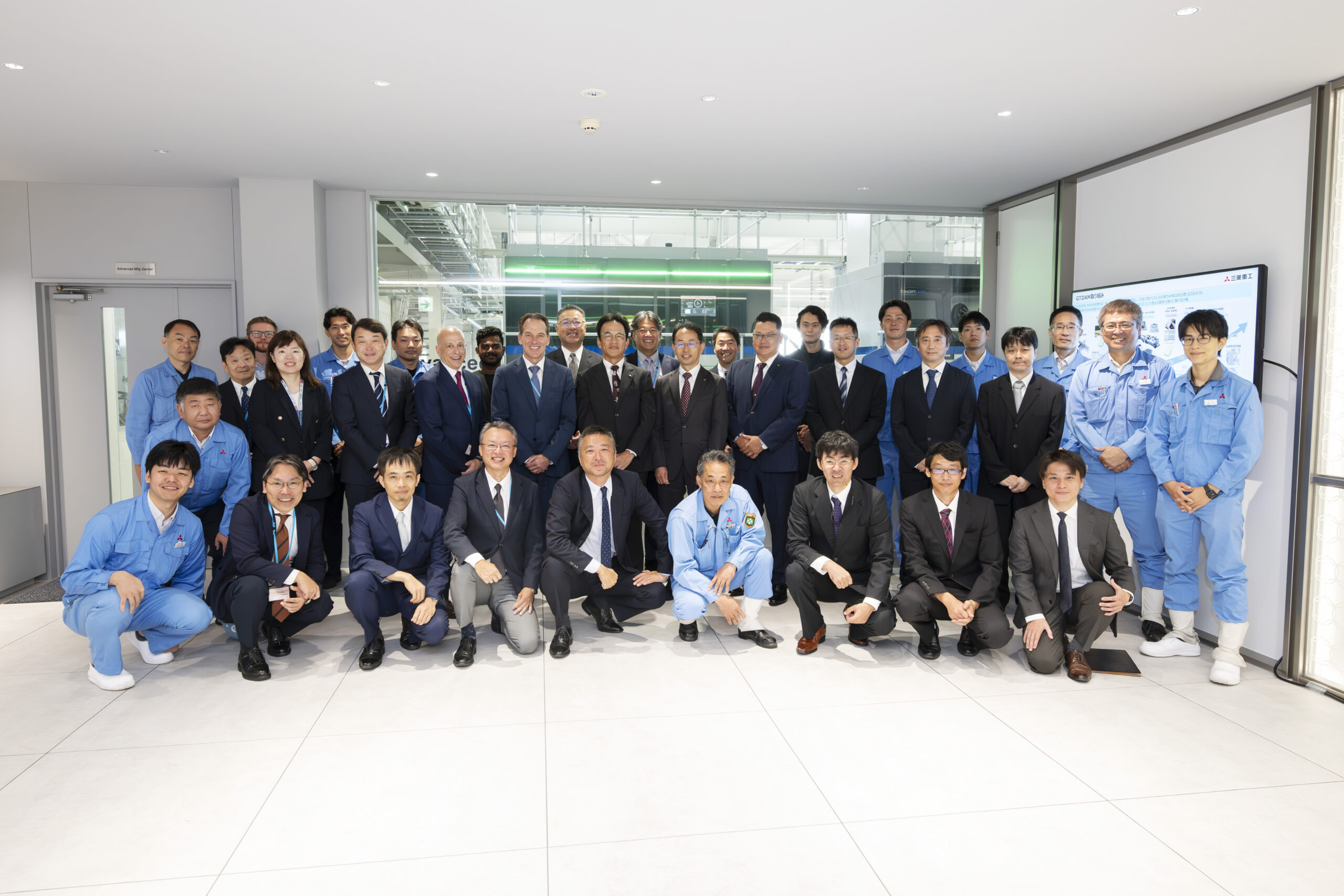Mitsubishi Heavy Industries – Q&A with Takanao Komaki
Last month saw the inauguration of the Mitsubishi Heavy Industries, Ltd. (MHI) Takasago Hydrogen Park on the outskirts of Kobe, Japan. We caught up with Takanao Komaki, AM technology development team leader, to understand their plans for metal additive manufacturing and the M Line system that was recently installed there.
Congratulations again on the opening of your new facility. Could you briefly explain MHI’s additive journey up to that point?
Thank you very much. MHI has already started full-scale development of Additive Manufacturing (AM) technology for gas turbines since 2014. We worked on AM technology development for the purpose of improving gas turbine performance and reducing development lead time and product cost.
AM was first applied to smaller components such as turbine stator vanes and related parts to accumulate technical expertise. And more recently, we have used AM technology for the development of high-value products that can only be made through AM—such as combustors for hydrogen gas turbines.
We started mass production of additively manufactured parts in 2017, and to date have shipped around 100,000 parts. In the future, we plan to leverage additive technology to produce components such as combustors and stator vanes for hydrogen gas turbine.
Is it fair to assume that momentum is building for additive manufacturing in Japan?
Yes. I believe that AM is becoming more widespread in Japan.
Compared to Europe and the United States, there are still fewer examples in Japan, but AM technology is actively being used in industries such as aerospace, healthcare, automotive, and energy, as well as in the production of molds and tooling.
In recent years, networks involving industries, government and academia have been formed, contributing to the spread of AM technology in Japan. National projects have also played a significant role in advancing Japan’s additive technology. Since the technology is evolving rapidly, it is expected to become even more widespread in the future.
Our M Line forms just one part of your new facility. What is the overall vision for additive and advanced manufacturing at the site and for your company?
MHI has set a goal of achieving carbon neutral by 2040 and is developing products with excellent environmental performance.
One of these products is the hydrogen gas turbine, which generates electricity by burning hydrogen. Hydrogen has a much faster combustion speed compared to natural gas, which requires a combustion system with a different structure.
AM is being used to develop these combustors. It offers the advantage of being able to create complex structures that were previously impossible to manufacture, but it is by no means a perfect or all-encompassing tool.
It must be combined with conventional manufacturing techniques and skilled craftsmanship. In the future, advanced manufacturing technologies such as micromachining and automation will also be necessary.
To this end, we established Advanced Manufacturing Center, as a base for developing advanced manufacturing technologies, where we will combine AM and other cutting-edge manufacturing technologies with skilled craftmanship to develop next-generation products.
How do you plan to deploy the M Line now it is up and running?
At first, the M Line will be used in the development of hydrogen gas turbine combustor.
By creating complex shapes that can only be made with additive manufacturing, we aim not only to enhance product value but also reduce development lead time.
Traditionally, combustors are manufactured by welding sheet metal parts, which required molds that can take several months to produce. By leveraging AM technology, prototypes can be made without molds, significantly shortening the development lead time.
What was your decision to select the M Line system?
Our large gas turbines have sizable components, and our previous AM equipment did not offer sufficient build size.
To meet this requirement, we benchmarked several machines and selected M Line, which provided the highest-quality build at the required scale.
Gas turbine components have complex internal structures, making post-processing difficult.
Therefore, achieving high quality at as built is important, and we selected the M Line which delivered the best quality.
The other reason for selecting M Line is its proven track record in the aerospace industry, where quality requirements are stringent, ensuring the reliability of the equipment.
What do personally enjoy about working with additive manufacturing?
AM is evolving rapidly, and it’s exciting to experience the dynamic changes in business and technology.
10 years ago, only small structures could be made, but now there are machines capable of producing parts 10 times larger at 10 times the speed.
I am constantly amazed by the pace of technological advancement. Since AM is an industry with tremendous growth potential, I feel inspired and motivated every day.






